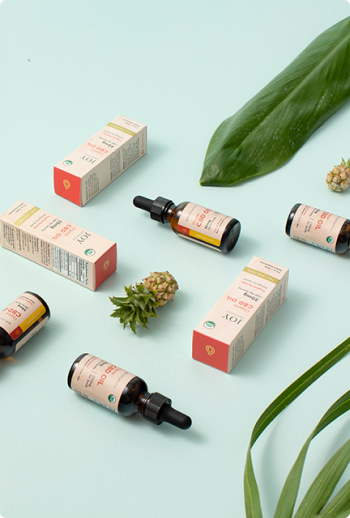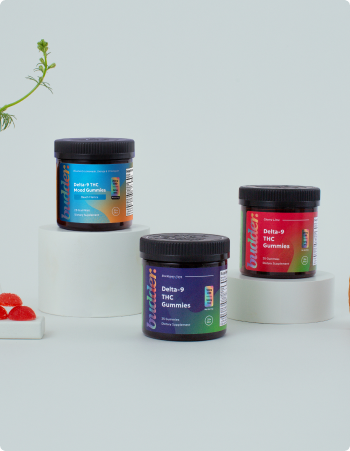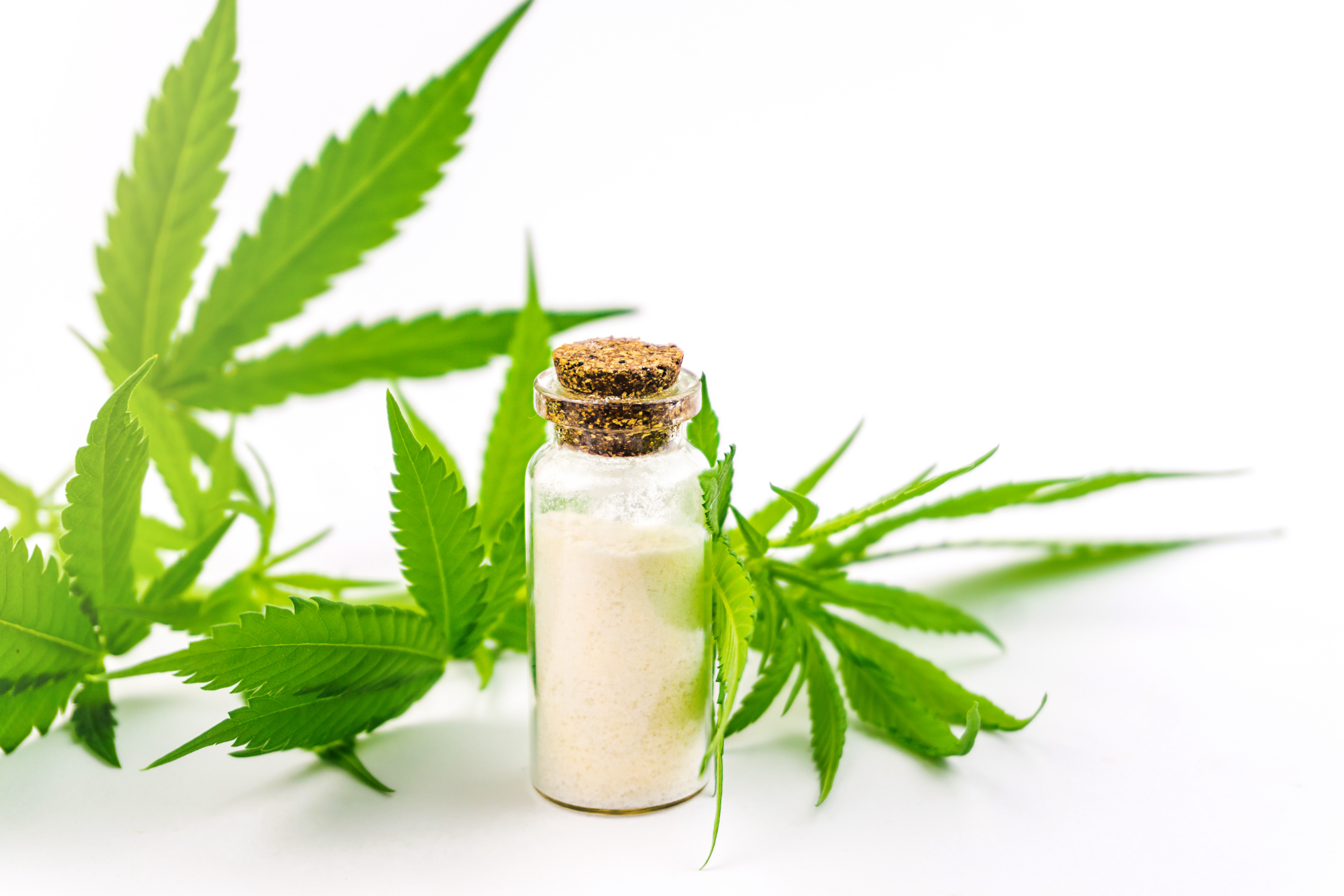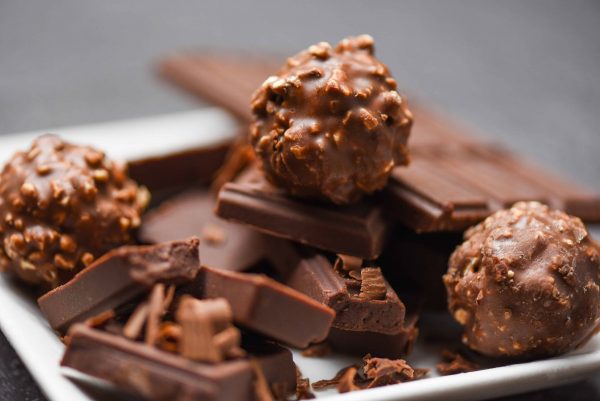Cannabidiol (CBD) and tetrahydrocannabinol (THC) are the two most well-known cannabinoids, and unsurprisingly so. CBD is linked to a range of possible effects that promote health and wellness, while THC provides a balanced, mind-opening, uplifting effect.
But here’s the thing: The cannabis plant has so much more to offer.
Research shows the cannabis plant contains at least 100+ other cannabinoids, each with unique properties and experiences. And of those, there’s been one in particular that’s increasingly popular with consumers seeking a more well-rounded cannabinoid experience: cannabigerol (CBG).
Quick note for readers: Due to federal regulations, we can’t explore all of the potential benefits of CBG and CBD in this blog post. There are many personal anecdotes and recent promising studies that we’re not able to discuss here. If you have a specific concern you’re looking to address, we recommend you do a quick Google search and even explore scholarly articles to see if others have found relief for that same concern.
What Is CBG?
CBG is often called the “mother of all cannabinoids.”
That’s because, as young cannabis plants mature, various enzymes and compounds combine to create an “early phase” cannabinoid called cannabigerolic acid (CBGA). In addition to being the precursor of CBG, it’s also where all cannabinoids start.
For example, as the plant nears the end of its growth cycle, CBGA breaks down and converts to tetrahydrocannabinolic acid (THCA) and cannabidiolic acid (CBDA)—the acidic precursors to THC and CBD.
In most cases, only a tiny amount of CBGA (about 1%) in the fully grown cannabis plant remains to become CBG.
That said, farmers have successfully crossbred and grown CBG-rich hemp strains to achieve higher levels of the cannabinoid—all while staying federally compliant with the 2018 Farm Bill. Another way of getting more CBG from hemp plants is harvesting them earlier in the growth cycle—anywhere between the sixth to eighth week of the flowering phase, when CBGA levels are highest.
CBG vs. CBD
To understand the difference between CBG and CBD, you should first know about a system in your body called the endocannabinoid system (ECS). It comprises a vast network of chemical signals and cellular receptors that keep the body in a balanced state of homeostasis.
Your body makes its own cannabinoids (called endocannabinoids); these have a similar structure to cannabinoids found in cannabis.
The two main cannabinoid receptors in the body are CB1 and CB2, with the former more associated with the nervous system and the latter more associated with promoting a balanced inflammatory response.
And here comes the main difference between CBG and CBD:
- CBG binds directly to both CB1 and CB2 receptors within the body’s ECS
- CBD does not target CB1 and CB2 receptors; instead, it influences the ECS indirectly
As such, CBG is believed to exert different effects from CBD, including promoting a greater balance in the body’s inflammatory response and supporting healthy digestion.
However, CBG and CBD are similar in the following aspects:
- Non-psychotropic: Both CBG and CBD don’t cause any intoxicating effects. In fact, most cannabinoids don’t cause a “high” reaction. THC is the primary cannabinoid to cause the psychoactive effects that have long been associated with cannabis use.
- Potential for Countering THC’s intoxicating effects: THC binds with high affinity to the CB1 receptor to make you high. Because CBG can also bind to the CB1 receptor, it competes with THC, potentially counteracting the latter’s psychoactive effects. CBD is also known to counteract some of THC’s psychoactive effects, although the underlying mechanisms are still unclear.
Introducing Our New CBG + CBD Softgels
Ultimately, if you’d like a more holistic cannabinoid experience without altering mood or perception, CBG is a worthy addition to your daily routine.
Besides, taking minor cannabinoids (like CBG) along with CBD may cause better efficacy than each taken in isolation—this is called the entourage effect or whole-plant medicine.
Can’t wait to get started on your CBG journey?
We have exciting news: in response to the rising demand for our Organic CBG Tincture, we’ve launched a nano softgel formula that delivers 25mg of CBD and 25mg of CBG per capsule to synergistically support your mental and physical wellness. We’ve also enhanced this formula with nanoemulsion technology, to create a highly bioavailable product and boost absorption and benefits. And we are now offering three strengths - 10mg, 25mg and 100mg.
Like all our products, every batch of our newly launched CBG + CBD softgels is sent to independent third-party labs, where they undergo the most comprehensive tests in the industry. At Joy Organics, we test for over 50 pesticides, microbes, and other contaminants.
When it comes to product safety, we leave no stone unturned.
It doesn’t end there: we also offer a no-questions-asked, 90-day money-back guarantee—if you don’t absolutely love our CBG + CBD softgels, simply return them for a full refund. You have nothing to lose and everything to gain.




























































Join in on the Conversation
Your email address will not be published. Once your comment is approved, it will be published.